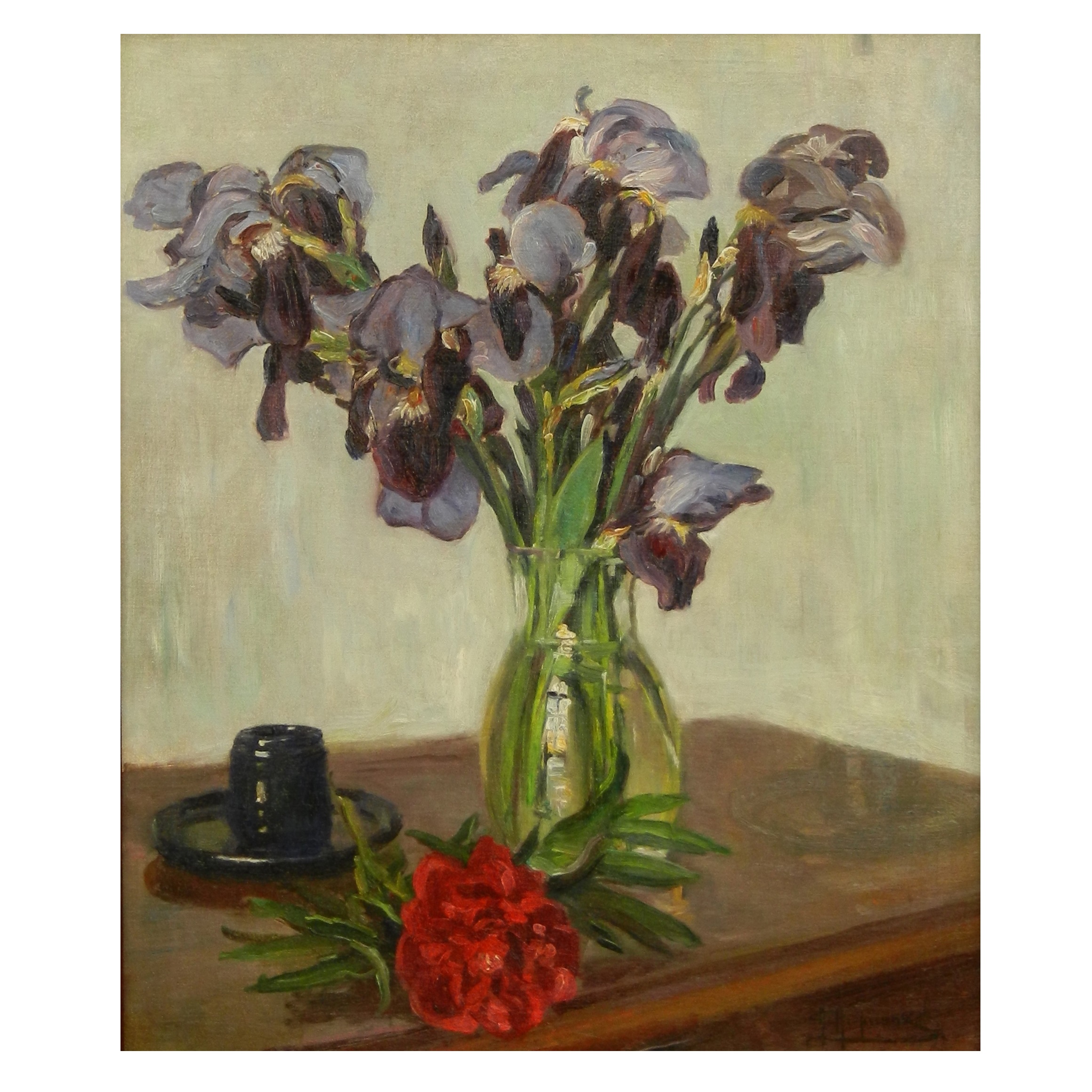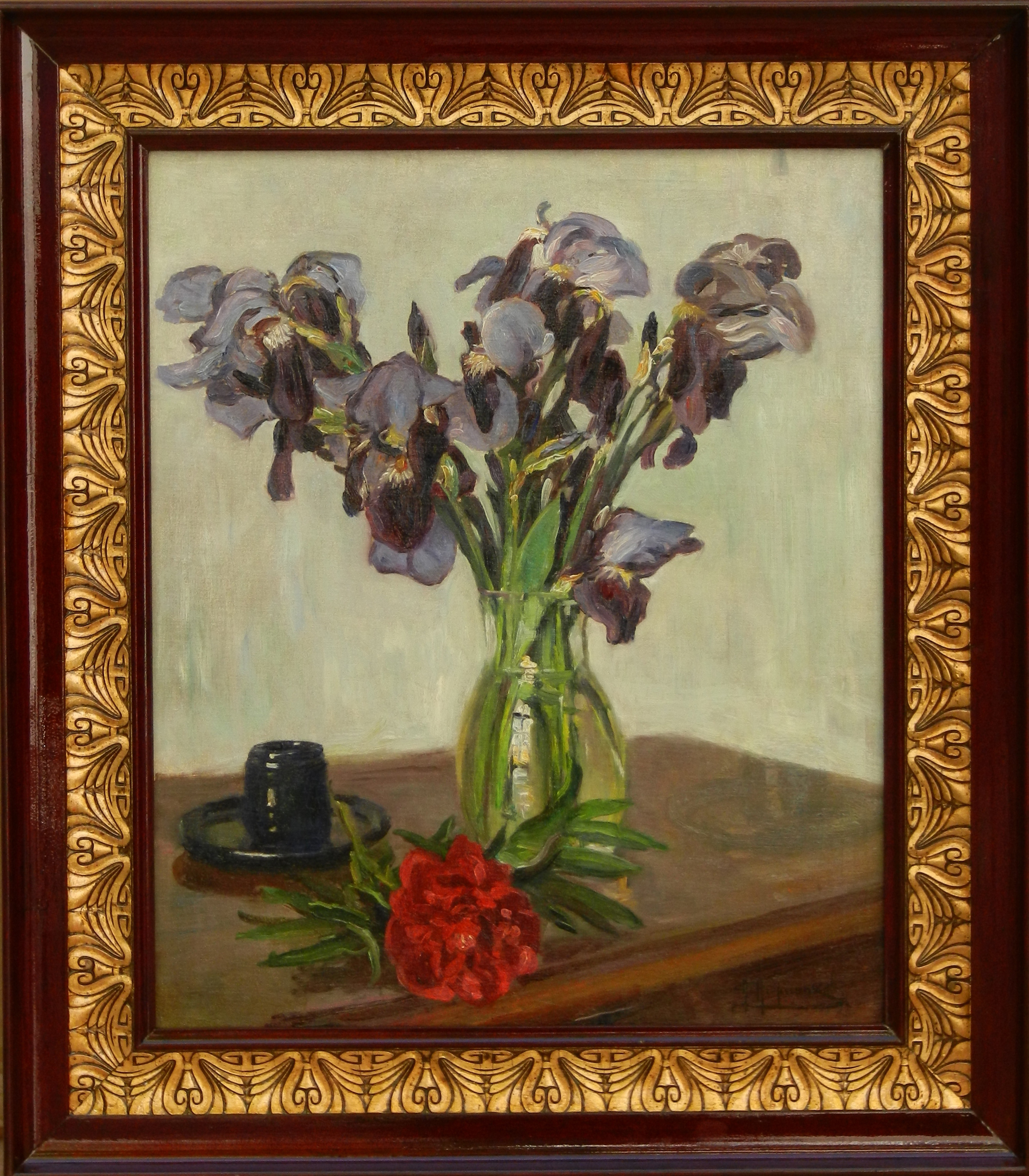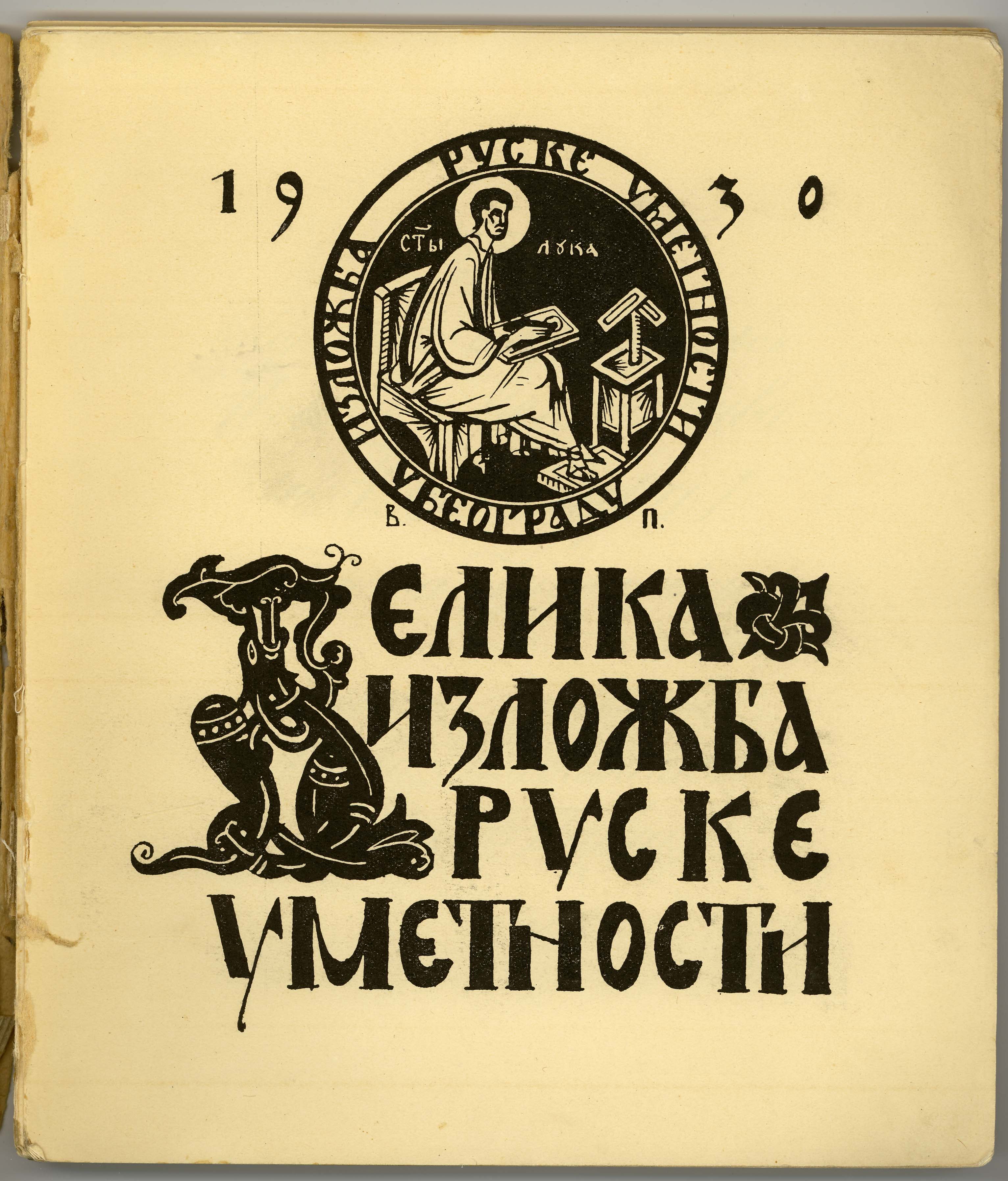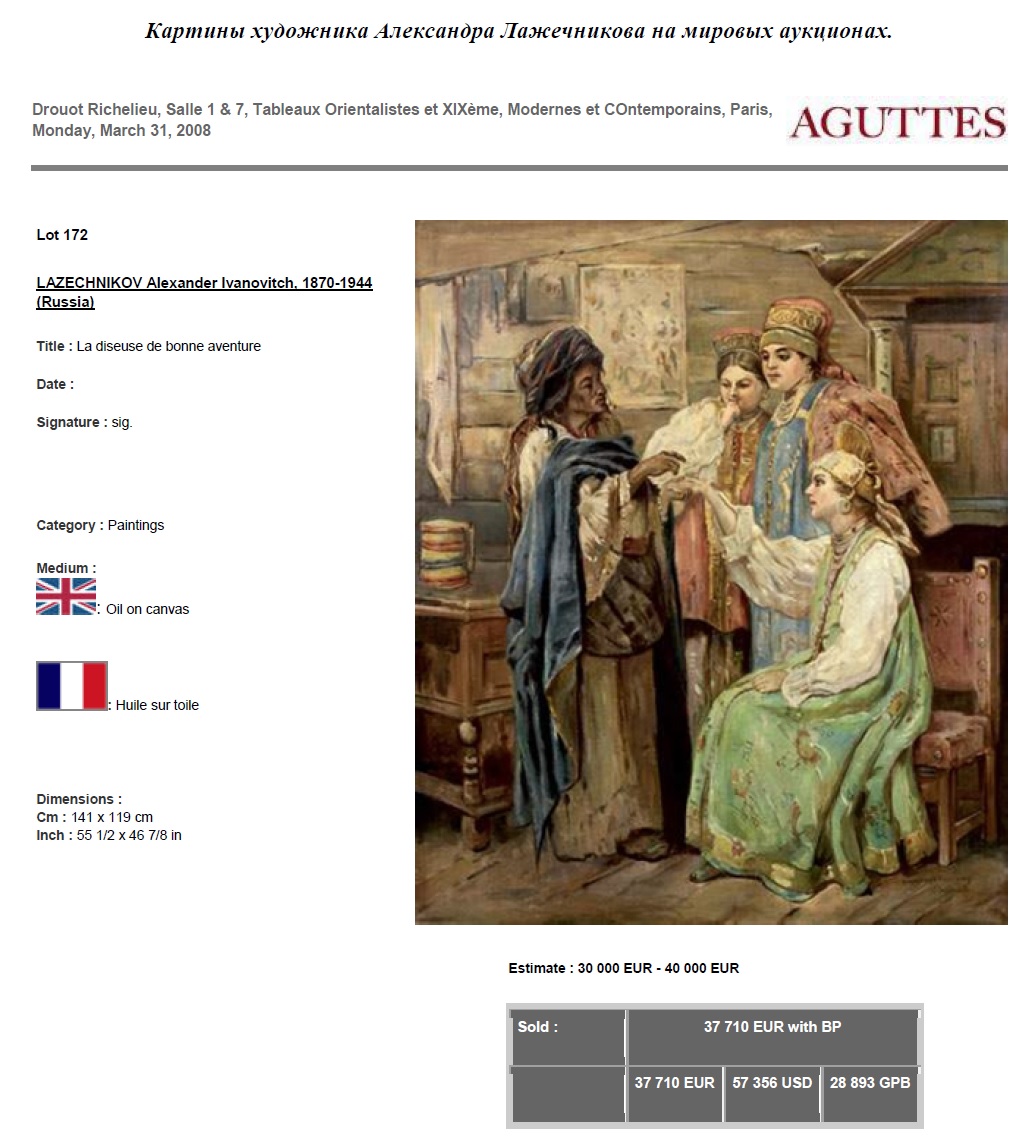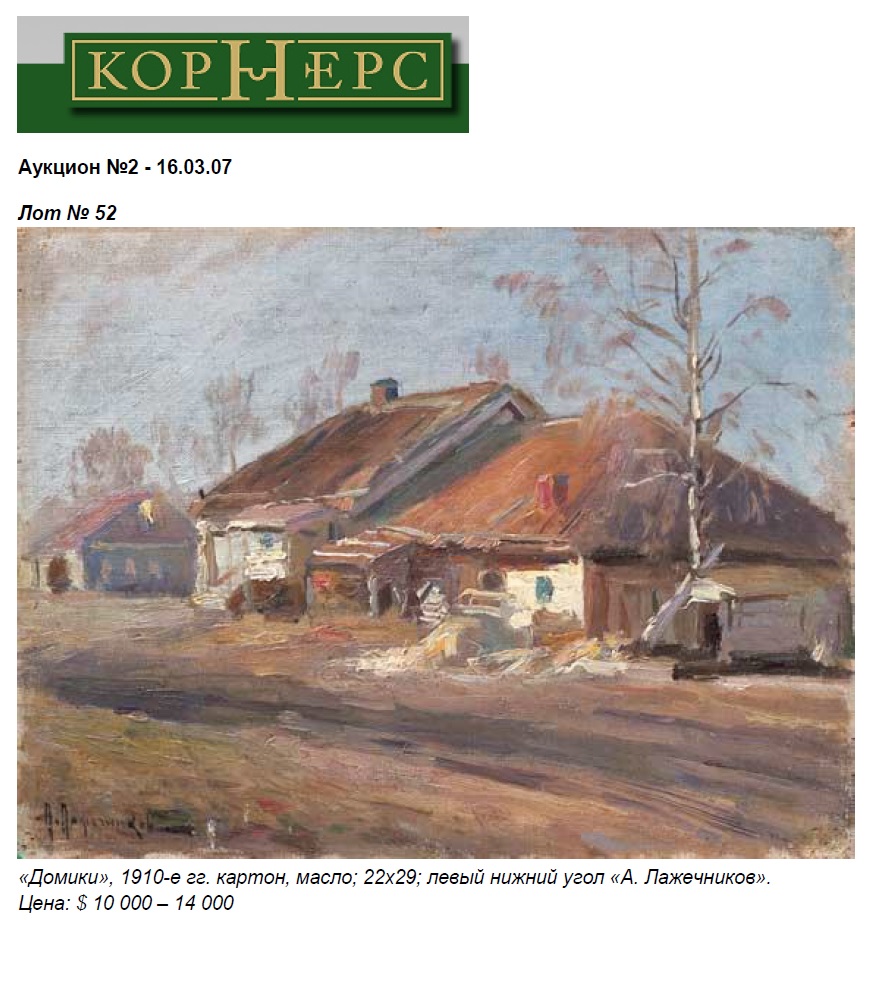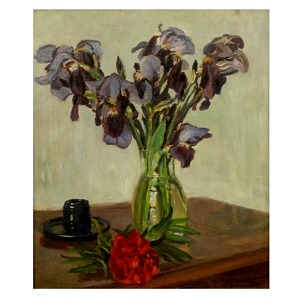LAZHECHNIKOV ALEXANDER IVANOVICH
20 April/2 May 1870 (Moscow) – 18 October 1944 (Petrovgrad, now Zrenjanin)
Painter
He comes from a noble family. Great-nephew of the writer Ivan Ivanovich Lazhechnikov (grandson of his brother Nikolai).
He graduated from Moscow Real School (ru. реальное училище, type of secondary school in Germany, Russian Empire, Serbia and other countries across Europe) K. K. Mazing.
From 1897 to 1901 he studied at the Higher Art School of Painting, Sculpture and Architecture which was a part of the Imperial Academy of Arts. He studied at the art studio of A. A. Kiselev. In 1901 he received the title of the artist for the paintings At the River Khmara and Silent Night. At the same time he attended Pedagogical Courses at the Imperial Academy of Arts as well as courses at the Archaeological Institute (1901).
He lived in Peterburg. He worked mainly as a landscape artist, but he also painted still life, portraits and types of interiors.
In 1905 he organised Art development classes in Peterburg with actor V. R. Gordin, where painting, sculpture, psychology and expressive speech were taught.
From 1900 to 1910 he published postcards with paintings of Russian artists, mainly the members of Peredvizhniki, with A. V. Makovsky.
The portrait of Lazhechnikov by A. V. Makovsky is kept in Taganrog gallery.
He exhibited his works at the Spring exhibitions of Imperial Academy of Arts, Peredvizhniki (1900-1903) and St. Petersburg Art Society. He was a member of the Art Society Myussarovskie Ponedelniki; he held a personal exhibition at the Society halls (Angliskaya naberezhnaya 6) (1915).
After visiting the Exposition Universelle in Paris (1908) the artist was strongly influenced by impressionism, which later shaped his painting style.
In 1920 he emigrated to Kingdom of Serbs, Croats and Slovenes (Yugoslavia), he settled in Veliki Bechkerek (from 1935 Petrovgrad). In 1921 he painted the picture the Brotherhood of Yugoslavia for the Serbian Cooperative Bank.
He held five personal exhibitions where he showed landscapes of the Adriatic, Macedonia, Slovenia, Banat, portraits, miniatures. Hs works first appeared in 1926 at the exhibition of Yugoslav Club of Journalists (120 paintings with motives of Banat and Adriatic coast).
He took part at exhibitions of Russian artists: sale-exhibition in Sombor (1921), in Belgrade at the University (1924), the Association of Russian Artists in Kingdom of Serbs, Croats and Slovenes (1928), the Great Exhibition of Russian Art (1930), Russian Art Society (1933).
His paintings are kept at Scientific-research Museum of the Russian Academy of Arts in St. Petersburg, the Estate of Lazhenchikov Merchants Museum in Kolomna, the Tagnarog Art Museum, the Penza Picture Gallery and others.
STILL LIFE
LAZHECHNIKOV ALEXANDER IVANOVICH (1870-1944)
STILL LIFE
Signed lower right: А.Лажечников
Oil on canvas
60 x 50 cm
EXHIBITED:
- Велика изложба руске уметности у Београду, март 1930 год.
In English: The Great Exhibition of Russian Art, Belgrade, March 1930
Exhibition catalogue No 325, p. 31. The name of the painting is Nature morte, in english: Still life.
One of the most significant exhibitions of the Russian art abroad since the October Revolution 1917. - „The Brilliance of Russian Painters“ from the collection of Vladimir Peshich, City Museum Vrsac, January 22 – March 13, 2022.
- „The brilliance of Russian painters“ from the collection of Vladimir Peshich, The Russian House in Belgrade, May 12 – September 14, 2022.
LITERATURE:
- Exhibition catalogue „The Brilliance of Russian Painters“ from the collection of Vladimir Peshich, City Museum Vrsac, January 22 – March 13, 2022. Publisher: Vladimir Peshich, Belgrade, 2022. Illustrated on page 36.
- Exhibition catalogue „The Brilliance of Russian Painters“ from the collection of Vladimir Peshich, The Russian House in Belgrade, May 12 – September 14, 2022. Publisher: Vladimir Peshich, Belgrade, 2022. Illustrated on page 64.
The painting has symbolic meaning and represents the deepest desire for a company of a beloved person. The artist expressed this longing by painting an imaginary cup on the right side of the table. The stem of the red flower, which is the symbol of love, is depicted on the saucer, which represents interconnectedness, is if they were one. Violet blue iris flower symbolises both terrestrial and heavenly unity of love. In a vase, together, husband and wife, as one.
CONDITION REPORT:
The painting is in an excellent condition and it is framed in a first third of 20th century Art Nouveau frame.
Price on request.
